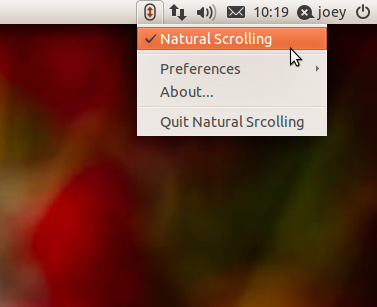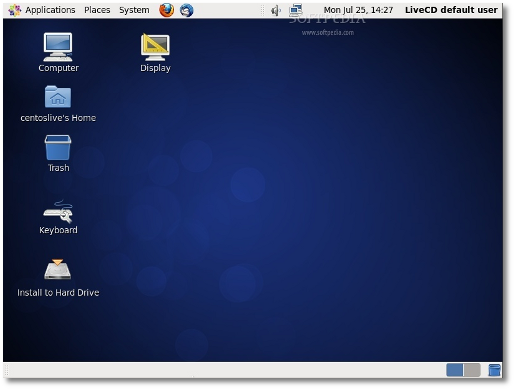Since it is only at the beginning of the road, Google+ is still learning about its users’ preferences or requests, and it consequently implements new features, such as YouTube Live integration with its Hangouts function.
Even though they are not willing to make any exception to the no-pseudonym rule, Google+ developers do their best to fulfill any other necessities users may have when accessing the new social network.
As such, the fortunate members who got their Google+ invite have been able to enjoy YouTube videos within their accounts even since the platform was launched.
The newly-announced integration will offer users the possibility to watch live streams within the Hangouts they set up.
According to GigaOM, for now one needs to follow some steps in order to benefit from this feature, but they are quite easy to complete:
* Start a Hangouts session in Google+ and invite your contacts to join you.
* In a separate browser tab, head over to YouTube.com/Live and select a live stream of your choice
* Copy the YouTube video I.D. of the selected live stream. Not sure how to find it? Just click on the share link below the video. You’ll get to see a link like http://youtu.be/XXXXXXXX – the cryptic code after the slash is the video I.D.
* Switch back to hangouts, open the video tab and search for the I.D.
* Click play, and you’re all set.
Those who are not pleased with the completion of the aforementioned steps will be happy to hear that YouTube is currently working to simplify them considerably.
The goal is to eventually integrate public Hangouts into YouTube pages for live streams, thus becoming accessible to everyone.
The main advantage of this integration is that users will be able to talk to each other in real time when watching a sports game or a concert, as if they were together at the venue.
Even though the Hangouts limit the number of participants to ten, it is more than enough for intimate gatherings and private reunions.
Even though they are not willing to make any exception to the no-pseudonym rule, Google+ developers do their best to fulfill any other necessities users may have when accessing the new social network.
As such, the fortunate members who got their Google+ invite have been able to enjoy YouTube videos within their accounts even since the platform was launched.
The newly-announced integration will offer users the possibility to watch live streams within the Hangouts they set up.
According to GigaOM, for now one needs to follow some steps in order to benefit from this feature, but they are quite easy to complete:
* Start a Hangouts session in Google+ and invite your contacts to join you.
* In a separate browser tab, head over to YouTube.com/Live and select a live stream of your choice
* Copy the YouTube video I.D. of the selected live stream. Not sure how to find it? Just click on the share link below the video. You’ll get to see a link like http://youtu.be/XXXXXXXX – the cryptic code after the slash is the video I.D.
* Switch back to hangouts, open the video tab and search for the I.D.
* Click play, and you’re all set.
Those who are not pleased with the completion of the aforementioned steps will be happy to hear that YouTube is currently working to simplify them considerably.
The goal is to eventually integrate public Hangouts into YouTube pages for live streams, thus becoming accessible to everyone.
The main advantage of this integration is that users will be able to talk to each other in real time when watching a sports game or a concert, as if they were together at the venue.
Even though the Hangouts limit the number of participants to ten, it is more than enough for intimate gatherings and private reunions.











